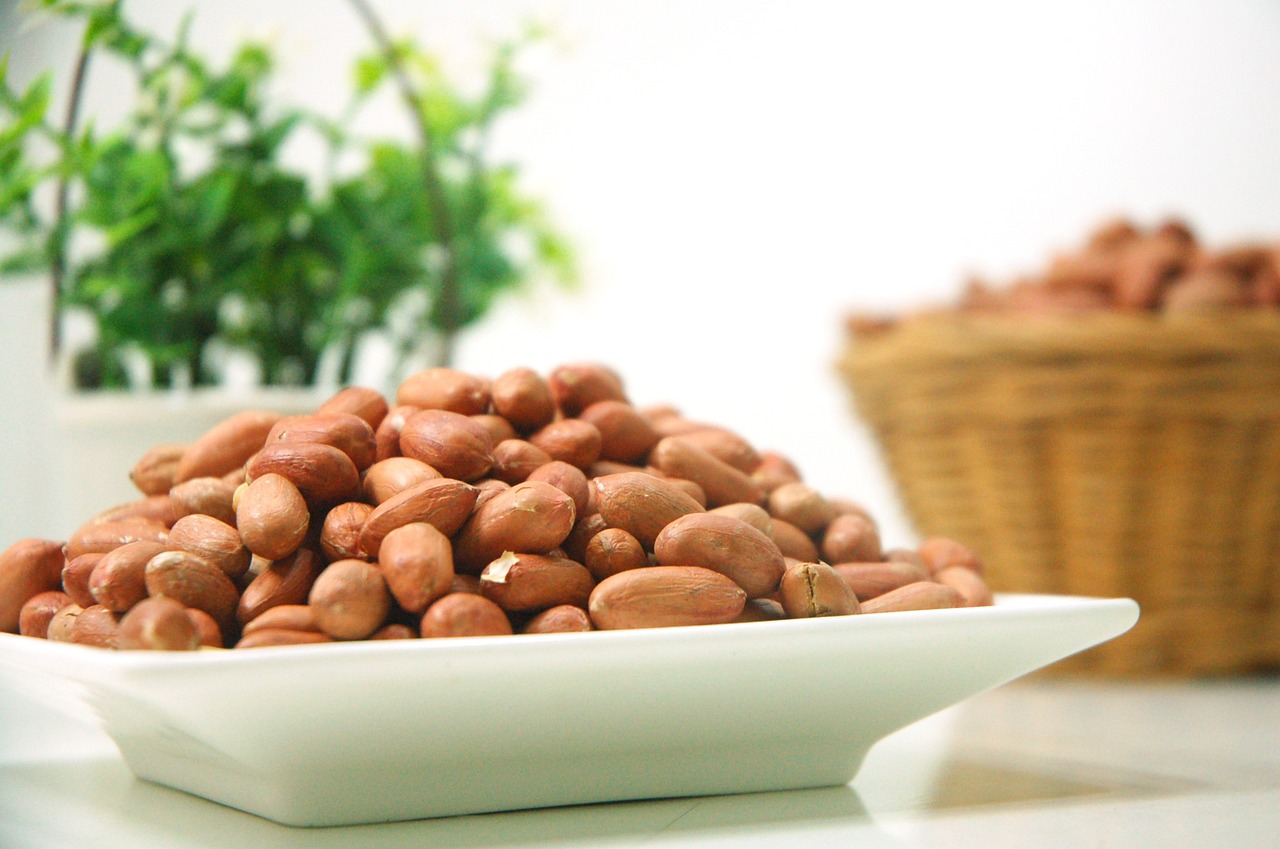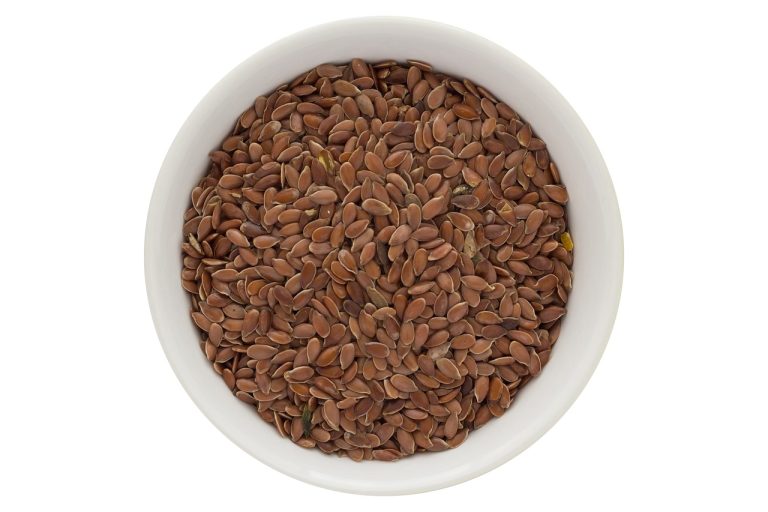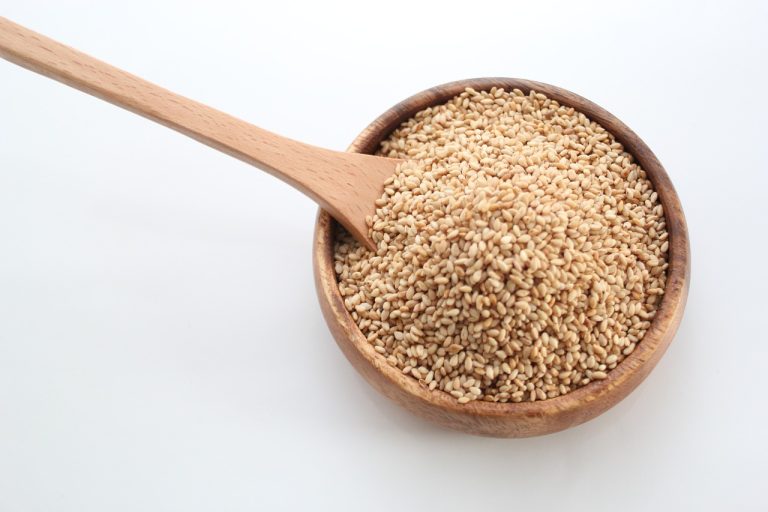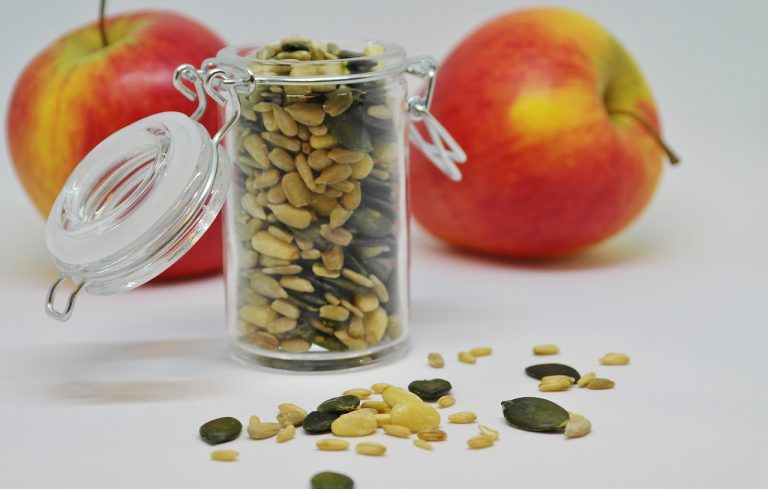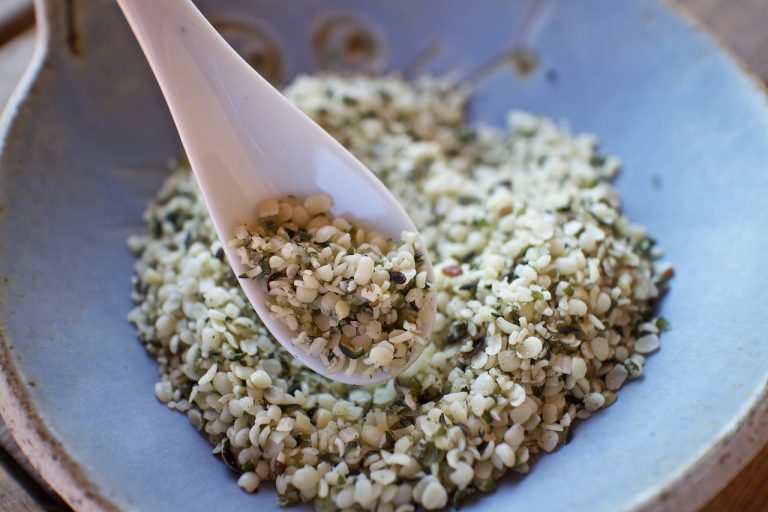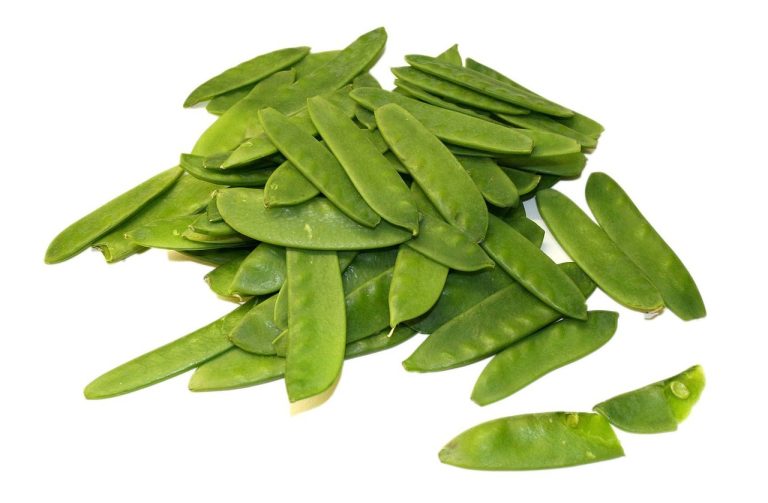Are Peanuts Low FODMAP? Know How to Enjoy These Nuts!
Are you following a low FODMAP diet and wondering – are peanuts low FODMAP? Good news, peanuts can be low FODMAP in serving sizes of about 30 peanuts.
If you’re following a low FODMAP diet, it’s important to know which foods are safe to eat and which ones to avoid. While peanuts could be high in FODMAPs in quantities over 32 peanuts, there are ways to include them in your diet without triggering symptoms.
By understanding the FODMAP content of peanuts and choosing the right types and portions, you can enjoy this tasty and nutritious snack without compromising your digestive health.
Are Peanuts Low FODMAP?
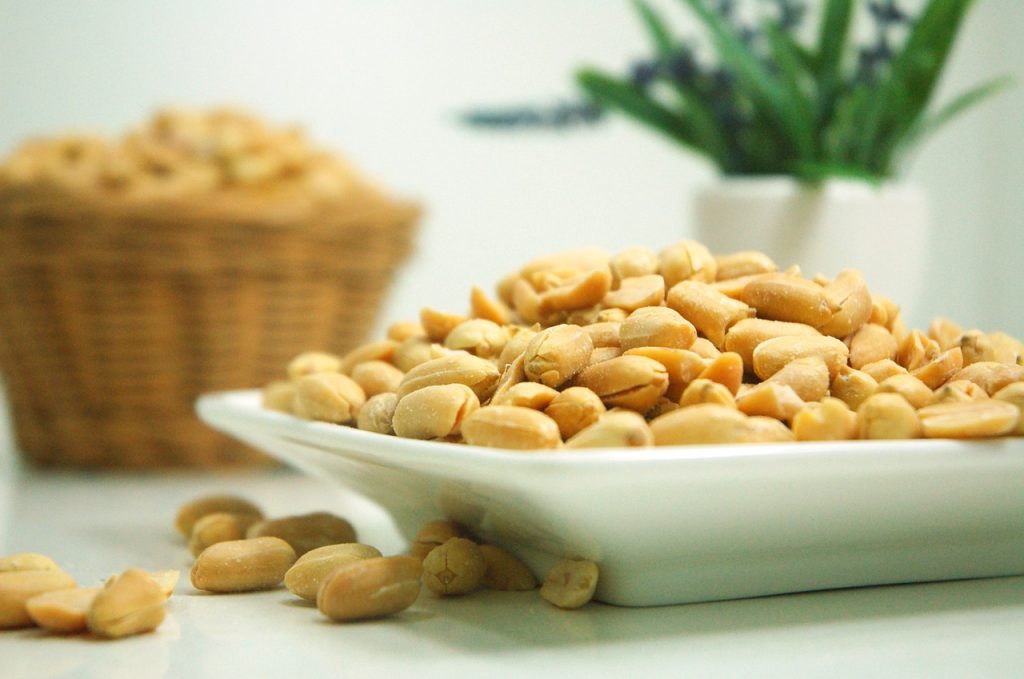
Compared to other nuts like walnuts and pecans, plain, unprocessed peanuts are generally considered to be low in FODMAPs in smaller serving sizes.
Please note that for some people, even 30-32 peanuts could still trigger IBS symptoms, particularly if they have a peanut allergy or sensitivity.
Additionally, certain flavored or seasoned peanuts may contain high FODMAP ingredients, such as onion or garlic powder, so it’s important to check the label before consuming.
Nutrition in Peanuts
| Nutrient | Amount per 1 oz (28 g) |
|---|---|
| Calories | 161 |
| Fat | 14 g |
| Protein | 7 g |
| Carbohydrates | 4 g |
| Fiber | 2 g |
| Sugar | 1 g |
As you can see, peanuts are a good source of healthy fats, protein, and fiber, making them a satisfying and nutritious snack option.
Sugar/FODMAP Content
Here’s a table for the Glucose, Fructose, and Excess Fructose per serving suggestion:
| Sugar | Amount per 1 oz (28 g) |
|---|---|
| Glucose | 0.4 g |
| Fructose | 0.7 g |
| Excess Fructose | 0.3 g |
Overall, peanuts are a great snack option for those following a low FODMAP diet. Just be sure to check the label for any high FODMAP ingredients, and listen to your body to determine whether peanuts are well tolerated.
Related: Are Pretzels Low FODMAP
Tips for Incorporating Peanuts into a Low FODMAP Diet
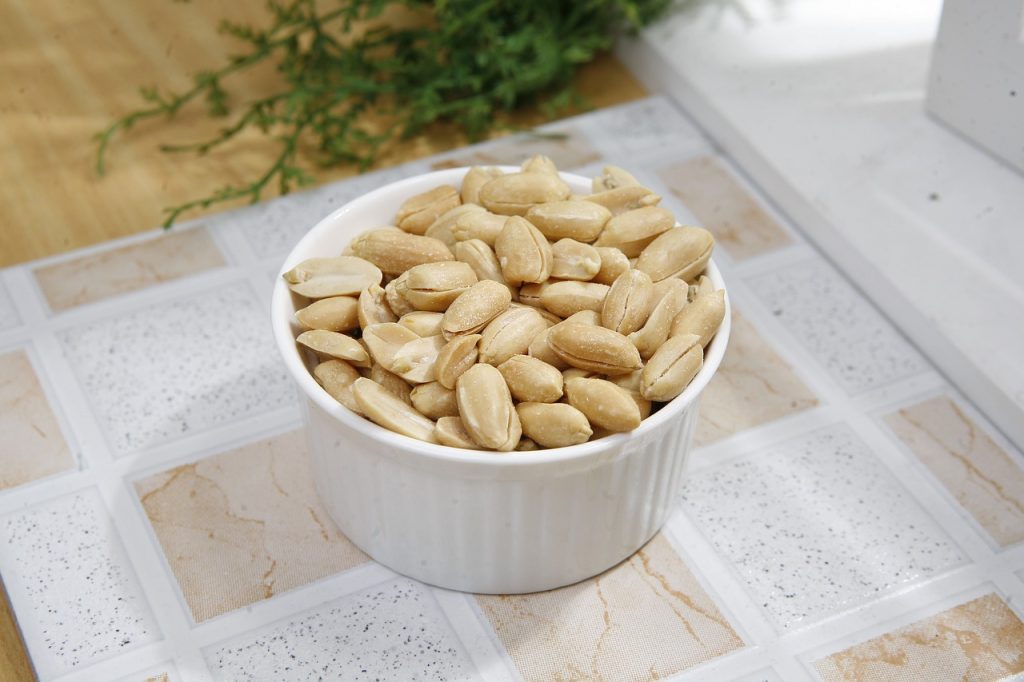
According to the Monash University FODMAP app, a serving of 32 peanuts (28g) is considered low FODMAP. However, it is important to note that some flavored or seasoned peanuts may contain high FODMAP ingredients, so it is always best to check the label before consuming.
Here are some ways you can incorporate peanuts into your low FODMAP diet:
- Snack on a handful of plain, roasted peanuts as a mid-day pick-me-up.
- Add chopped peanuts to your morning oatmeal or yogurt for a crunchy texture.
- Use peanut butter as a spread on rice cakes or gluten-free bread.
- Make your own trail mix with peanuts, low-FODMAP dried fruit, and dark chocolate chips.
- Use crushed peanuts as a topping for stir-fries or salads.
Potential Risks and Precautions
As explained earlier, peanuts are generally considered low FODMAP in small serving sizes, but there are still some potential risks and precautions to keep in mind.
Serving Size
While peanuts are low FODMAP in small serving sizes, larger serving sizes can quickly add up and potentially cause symptoms. The Monash University Low FODMAP Diet App lists a serving size of 32 peanuts (28g) as low FODMAP, but larger serving sizes can become high FODMAP due to their fructan content.
Roasted and Flavored Peanuts
Roasted and flavored peanuts may contain high FODMAP ingredients such as garlic or onion powder, so it’s important to read the ingredients list before consuming them. Additionally, some roasted peanuts may be coated in high FODMAP honey or other sweeteners.
Peanut Butter
Peanut butter is generally considered low FODMAP in small serving sizes, but larger serving sizes can become high FODMAP due to the fructan content of peanuts. Additionally, some brands of peanut butter may contain high FODMAP ingredients such as honey or high fructose corn syrup.
Allergy Risk
It’s important to note that peanuts are a common allergen and can cause severe allergic reactions in some individuals. If you have a peanut allergy, it’s important to avoid peanuts and peanut-containing products altogether.
Conclusion
In summary, peanuts are considered a low FODMAP food and can be included in a low FODMAP diet. However, it is important to pay attention to serving sizes as consuming large amounts of peanuts may result in high FODMAP intake.
If you are following a low FODMAP diet, it is recommended to limit your peanut intake to no more than 28 grams per serving. This is equivalent to approximately 32 peanuts.
Frequently Asked Questions
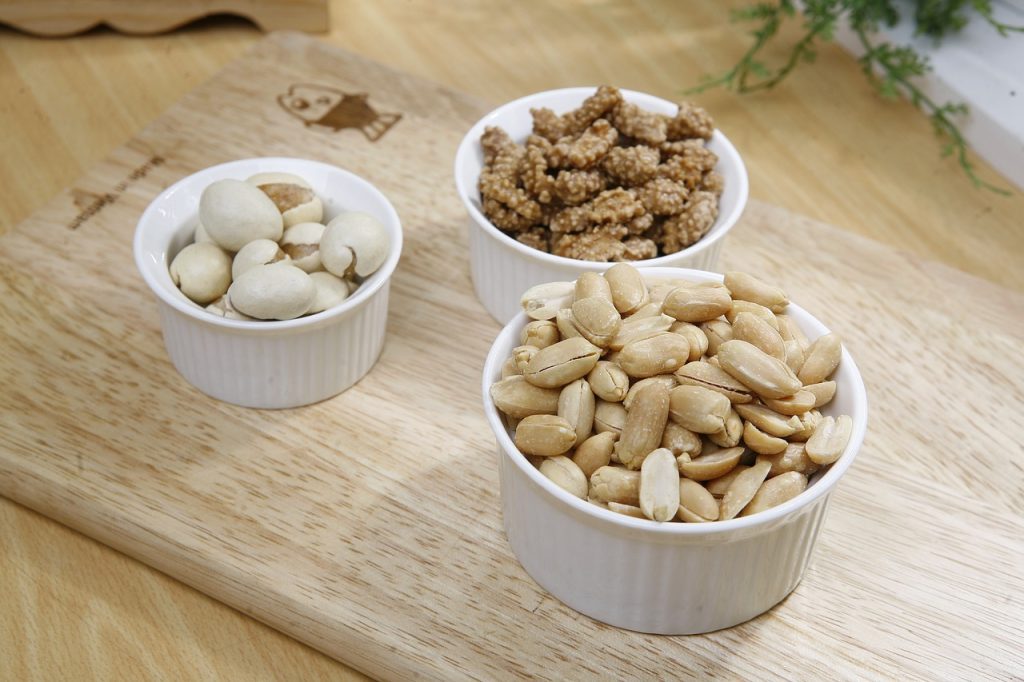
What nuts are OK on a low FODMAP diet?
If you’re following a low FODMAP diet, you might be wondering which nuts you can safely eat. The good news is that many nuts are low FODMAP and can be enjoyed as part of a healthy, balanced diet.
Some of the nuts that are low FODMAP include almonds, pistachios, macadamia nuts, pecans, and walnuts. You can also go in for low-FODMAP popcorn. Just remember, spices and seasonings, such as garlic or onion powder, can be high in FODMAPs and should be avoided. You can go for pumpkin seeds, and sunflower seeds.
Are salted peanuts high FODMAP?
Salted peanuts are a popular snack, but if you’re following a low FODMAP diet, you might be wondering if they’re safe to eat. The good news is that salted peanuts are low FODMAP and can be enjoyed in moderation. However, it’s important to note that some flavored peanuts, such as honey roasted peanuts, may contain high FODMAP ingredients and should be avoided or limited.
Can peanuts trigger IBS symptoms?
If you have IBS, you might be wondering if peanuts can trigger your symptoms. The answer is that it depends on the individual. Peanuts are not inherently high FODMAP, but some people with IBS may find that they are sensitive to peanuts and experience symptoms such as bloating, gas, and abdominal pain.
If you’re unsure if peanuts are a trigger food for you, it’s a good idea to talk to a registered dietitian or healthcare provider. They can help you identify your trigger foods and create a personalized low FODMAP diet plan.

Jane Porter is an architect that like many others, had her life significantly impacted by digestive problems for many year. Trying to find a solution to her digestive problem, she came across the low FODMAP diet, a scientifically-backed approach designed to alleviate symptoms associated with irritable bowel syndrome (IBS) and other digestive disorders.

